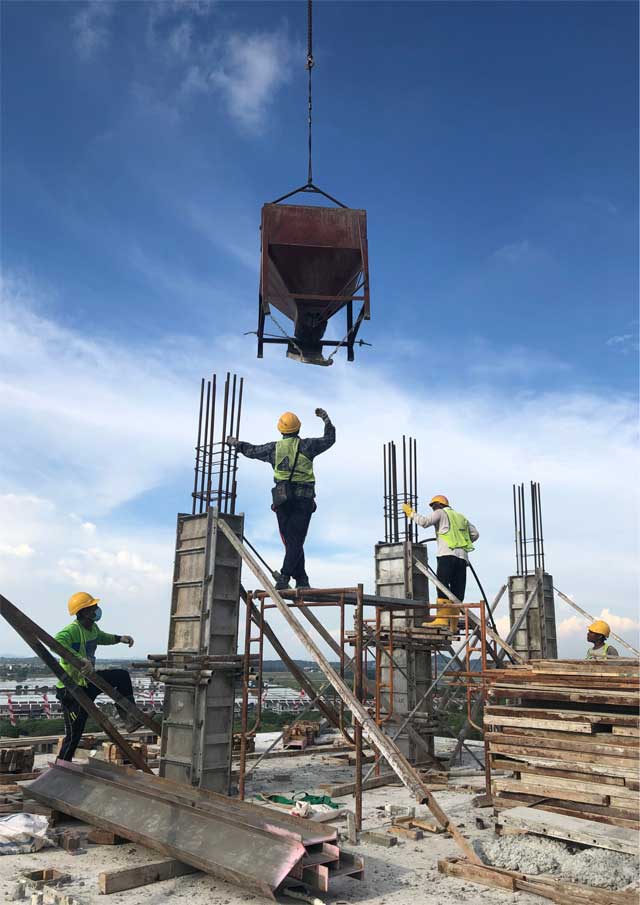When do you need a SWMS?
It seems people are still not clear when they need a SWMS. This is in part due to legislative history, variations in requirements by situation and industry. This article aims to clear up any confusion.
Legislative History
Under previous Australian safety legislation the question “When do I need a SWMS?” was easily answered, but difficult to provide. The legislation said that you needed to document all the steps of an activity, identify and assess all safety risks and establish controls to reduce those risks. This was highly impractical, meant that SWMS often were muddied with lots of low-level risks and therefore were tough to write and even harder to confirm compliance with.
Current requirement for SWMS
Since the advent of the WHS Act this has changed. Now you only need a SWMS to manage high-risk activities and the authorities have prescribed those high-risk situations in the legislation.
There are two industrial situations under the WHS Regulations which require a SWMS:
- Work on energised electrical equipment
- Construction Work
SWMS in Construction
Even then, for Construction work it’s still not 100% clear cut that you need a SWMS. There are specific high-risk construction work related activities which must be covered by a SWMS. These are:
- The risk of a person falling 2.0 meters or more (3.0 meters or more in SA – apparently there is less gravity in SA!!)
- Does or is likely to involve, the removal or likely disturbance of asbestos
- Demolition of an element of a structure that is load-bearing or otherwise related to the physical integrity of the structure
- Work in, on or near an area at a workplace in which there is any movement of powered mobile plant
- Work in or near a shaft or trench with an excavated depth greater than 1.5m or a tunnel
- Structural alterations or repairs that require temporary support to prevent collapse
- Work in, on or near an area that may have a contaminated or flammable atmosphere
- Work in, on or adjacent to a road, railway, shipping lane or other traffic corridor that is in use by traffic other than pedestrians
- Work in, on or near energised electrical installations or services
- Tilt-up or precast concrete
- Work in, on or near an area in which there are artificial extremes of temperature
- Work in, on or near water or other liquid that involves a risk of drowning
- Work in, on or near chemical, fuel or refrigerant lines
- Work in, on or near a confined space
- Work in, on or near pressurised gas distribution mains or piping
- Work on a telecommunications tower
- Diving work
- The use of explosives
So no SWMS?
After reading the previous section you might think you don’t need a SWMS, because you are not in construction. This may be true, but that does not mean you are off the hook. All businesses have to conduct risk assessments, to document the hazards associated with their work activities. They need to quantify the risk those activities pose and determine the controls to reduce that risk within the limits of what is reasonable and practical.
Shall I throw out my old SWMS?
The way SWMS were traditionally written was to include an assessment of risk, both prior to and after controls. This is effectively your risk assessment. So if you have an old style SWMS which covers your work activities you could reasonably argue it contains the risk assessment. You may not need a SWMS, but you could just relabel an old style SWMS as a Risk Assessment.
The difference between a SWMS and a Risk Assessment?
Modern Risk Assessments will list the controls to manage the risk and meet compliance requirements. The SWMS or any other working procedure is just one of those controls. This allows the Risk Assessment to be a little simpler and the SWMS to focus on purely the activities and controls associated with high-risk activities.
Word of Warning
Please note that mining industry uses the term SWMS, but the definition is different. It can be written as a procedure or instruction and needs to comprehensively cover the work activity and address all the risks. For many trades (plumber, arborist, concreter) a SWMS will be required when working on construction sites, but not if working at a customer’s house or workplace where no construction work is being undertaken.
Further reading material:



